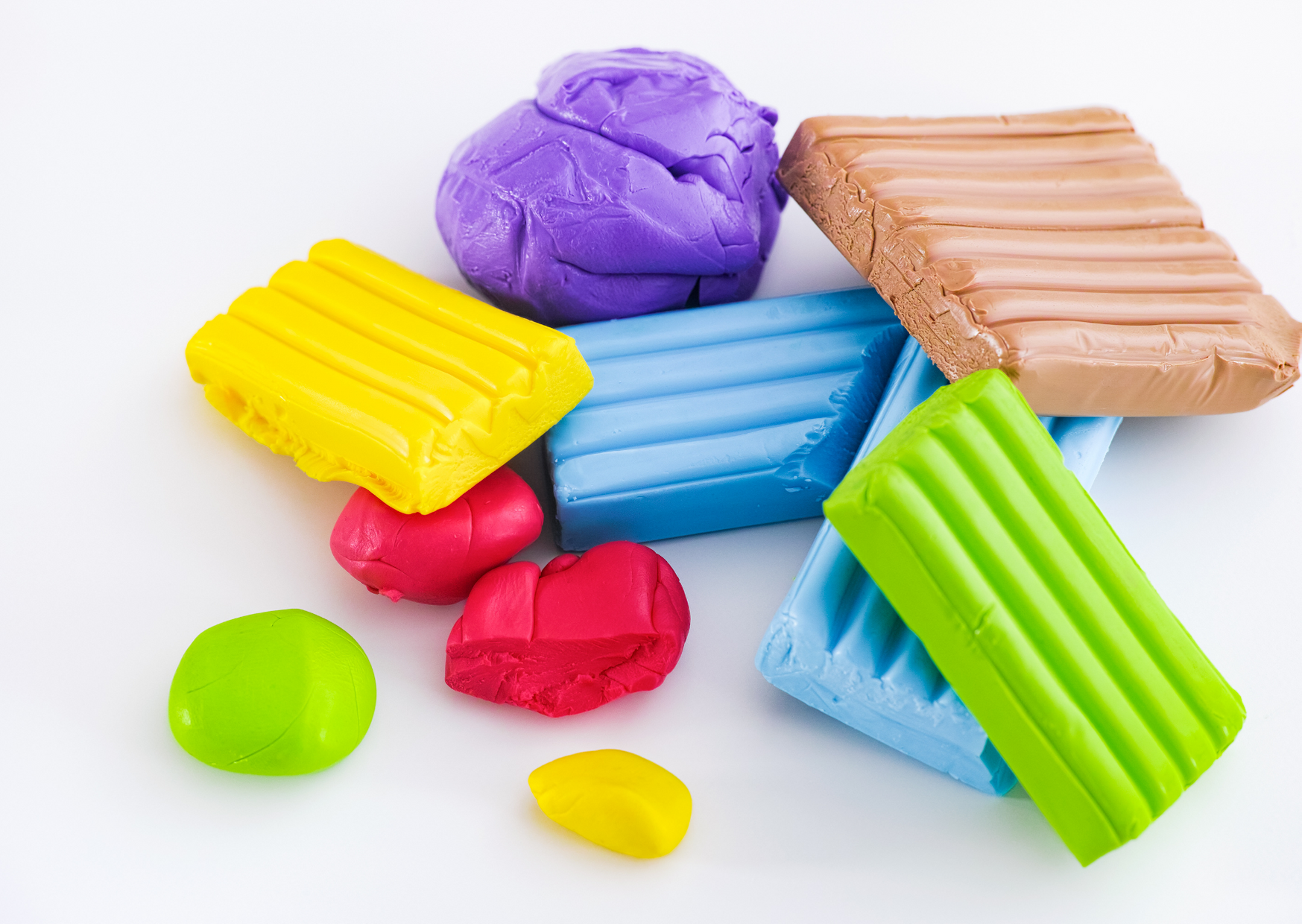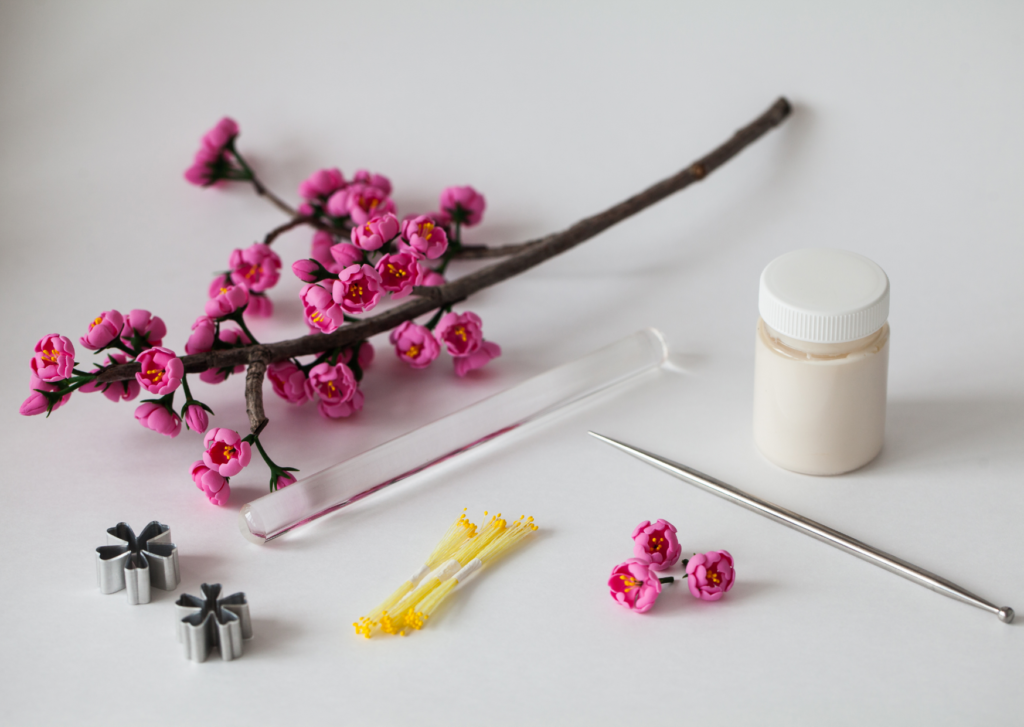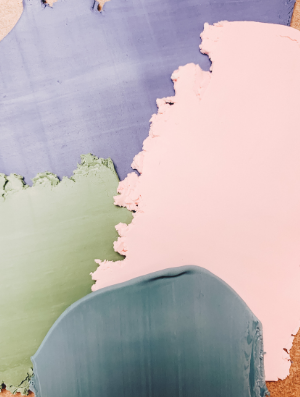
Do you want to make handmade gifts? Do you like arts and crafts? If so, polymer clay is a great medium for you to work with! This article will outline easy steps on how to use Polymer Clay. We'll discuss the materials needed, DIY projects that can be created, and some tips for getting started. The best part is that there are no rules when it comes to making things with this material - so go wild!
Table of Contents
Polymer clay is a material that can be hardened by baking or drying. It is typically made of bonded together acrylic, polyvinyl acetate and other ingredients, making it fairly inexpensive (particularly in comparison to the cost of many DIY supplies).
There are two ways you can work with polymer clay: soft sculpting for modelling forms; hardening your sculpture when finished using an oven or air dryer. Polymer clay can be used by children and adults for a variety of purposes, ranging from school projects to home decor.
The polymer clay is made of oil so if you eat it or have any contact with the skin that might come into contact with your mouth please wash thoroughly before touching anything else.
Polymer clay is a versatile material that can be used for many different projects.
For some tips and tricks to use when working with polymer clay, check out the article on DIY Tips for Using Polymer Clay.

How to make your own polymer clay at home: king or drying. It is typically made of bonded together acrylic, polyvinyl acetate and other ingredients, making it fairly inexpensive (particularly in comparison to the cost of many DIY supplies).
There are two ways you can work with polymer clay: soft sculpting for modelling forms, hardening your sculpture when finished using an oven or air dryer. The polymer clay is made of oil so if you eat it or have any contact with the skin that might be exposed to oil or grease, remove it with a strong solvent before the polymer clay dries.
Note: If you are using oven drying, allow at least 12 hours for acrylic and polyvinyl acetate to properly dry out in an environment that is not too humid nor too hot (room temperature).
This will ensure that the finished product has no cracks or more likely does not break when handled. Some people place their dried pieces on top of heated dish rugs during this process as well to help them dry faster.
Drying times may also vary depending on how thick your work was made originally; if it's thin, then less time will be needed than if it's thicker like sculpture which takes longer because there is more material for the clay to saturate
It's also fun to mix these two mediums together when moulding figures, take white polymer clay and roll out thin strips which act as "scales" on this dragon figure example I made recently. Scales are created by rolling sheets of white clay out into thin strips and then just pressing them onto the surface of your figure or mould.
No. Polymer clay is very sturdy and, in some cases, stronger than the average ceramic potter's clay or modelling dough that we are used to seeing at school as kids - just always remember not to force it! The only time I've seen polymer break was when someone dropped a piece on the floor; which of course can happen with any craft material.
The most common reasons for breaking though are usually because:
Many people don't realize that once they are finished making their items from polymer clay, they need to let them sit out on a drying mat so they stay nice and solid - like bread needs time to cool before slicing into it! I usually do mine at night so I wake up with my next batch ready for me when I get home from work."
One way to ensure that your polymer clay pieces are perfect and shiny is to use a mixture of white vinegar, water, and liquid soap. The ratio should be about one part each respectively.

In order for the piece to dry out quickly you can put it in front of a fan or blow gently on it with an air nozzle like those used by potters when they're drying their pots - kind of like what a car would do if it was heating up while parked outside during wintertime!
Many people don't realize that once they are finished making their items from polymer clay, they need to let them sit out on a drying mat so they stay nice and solid - like bread needs time to cool before slicing into it.